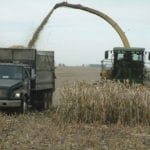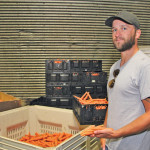As beef cattle herds get larger, the case grows stronger for silage instead of bales. Dwayne Summach, livestock and feed extension specialist with Saskatchewan Agriculture told a session at last week’s Ag in Motion outdoor farm show here that larger operations can better absorb the higher overhead costs, and benefit the most from parking the






